The Most Ancient and Most Noble Order of the Thistle is an order of
chivalry associated with Scotland. The current version of the Order was
founded in 1687 by King James VII of Scotland (James II of England and
Ireland) who asserted that he was reviving an earlier Order. The Order
consists of the Sovereign and sixteen Knights and Ladies, as well as
certain "extra" knights (members of the British Royal Family and foreign
monarchs). The Sovereign alone grants membership of the Order; he or she
is not advised by the Government, as occurs with most other Orders.
The Order's primary emblem is the thistle, the national flower of
Scotland. The motto is Nemo me impune lacessit (Latin for "No one
provokes me with impunity"). The same motto appears on the Royal
Coat of Arms of the United Kingdom for use in Scotland and some pound
coins, and is also the motto of the Royal Regiment of Scotland, Scots
Guards, The Black Watch (Royal Highland Regiment) of Canada and Royal
Scots Dragoon Guards. The patron saint of the Order is St Andrew.
Most British orders of chivalry cover the whole United Kingdom, but the
three most exalted ones each pertain to one constituent country only.
The Order of the Thistle, which pertains to Scotland, is the second-most
senior in precedence. Its equivalent in England, The Most Noble Order of
the Garter, is the oldest documented order of chivalry in the United
Kingdom, dating to the middle fourteenth century. In 1783 an Irish
equivalent, The Most Illustrious Order of St Patrick, was founded, but
has now fallen dormant.
The Thistle Service
Every other year, dressed in their striking green velvet robes,
glistening insignia and white-plumed hats, the knights take part in a
grand procession to the Chapel of the Order of the Thistle in the
High Kirk, Edinburgh,
for the Order of the Thistle Service. The Knights and Ladies meet for a
ceremony at The Thistle Chapel in St Giles' Cathedral, where any new
Members are installed into the Order by The Queen. The procession begins
in the Signet Library in Edinburgh Town Centre, while just outside the
Library in Parliament Square collect The Guard of Honour with the
Colours (flags) of the Royal Company, accompanied by the Band of the
Royal Regiment of Scotland.
The Sovereign and the Knights, accompanied by the Chancellor, Dean and
Secretary of the Thistle, then process into the Chapel of the Order of
the Thistle, where The Queen installs the new Knights. The procession
then continues to the Cathedral for the remainder of the Service.
Following the Service there is a short Reception in the Signet Library,
and a lunch at the Palace of
Hollyroodhouse.
The Most Ancient and Most Noble Order of the Thistle was founded in
1687. Dates shown are for election or installation.
Francis, Earl
of Dalkeith, late Duke of Buccleuch
1687, George, Earl of Dumbarton (Founder knight)
1704, George Douglas-Hamilton, 1st Earl of Orkney
1738, James Douglas, 14th Earl of Morton
1756, James Douglas-Hamilton, 6th Duke of Hamilton
1763, William Douglas, 3rd Earl of March, later 5th Duke of Queensberry
1786, Douglas, Duke of Hamilton and Brandon
1797, George, 16th Earl of Morton
1821, Charles Douglas, 6th Marquess of Queensberry
1830, Walter Montagu Douglas Scott, 5th Duke of Buccleuch
1875, William Montagu Douglas Scott, Earl of Dalkeith, ater 6th Duke of
Buccleuch
1878, William Douglas-Hamilton, 12th Duke of Hamilton
1899, Charles Douglas-Home, 12th Earl of Home
1917, John Montagu Douglas Scott, 7th Duke of Buccleuch
1930, Charles Douglas-Home, 13th Earl of Home
1949, Walter Montagu Douglas Scott, 8th Duke of Buccleuch
1951, Douglas Douglas-Hamilton, 14th Duke of Hamilton
1962, Alexander Frederick Douglas-Home, 14th Earl of Home
1976, George Douglas-Hamilton, 10th Earl of Selkirk
2014, David Douglas-Home, 15th Earl of Home
2017, Richard Montagu Douglas Scott, 10th Duke of Buccleuch and 12th
Duke of Queensberry
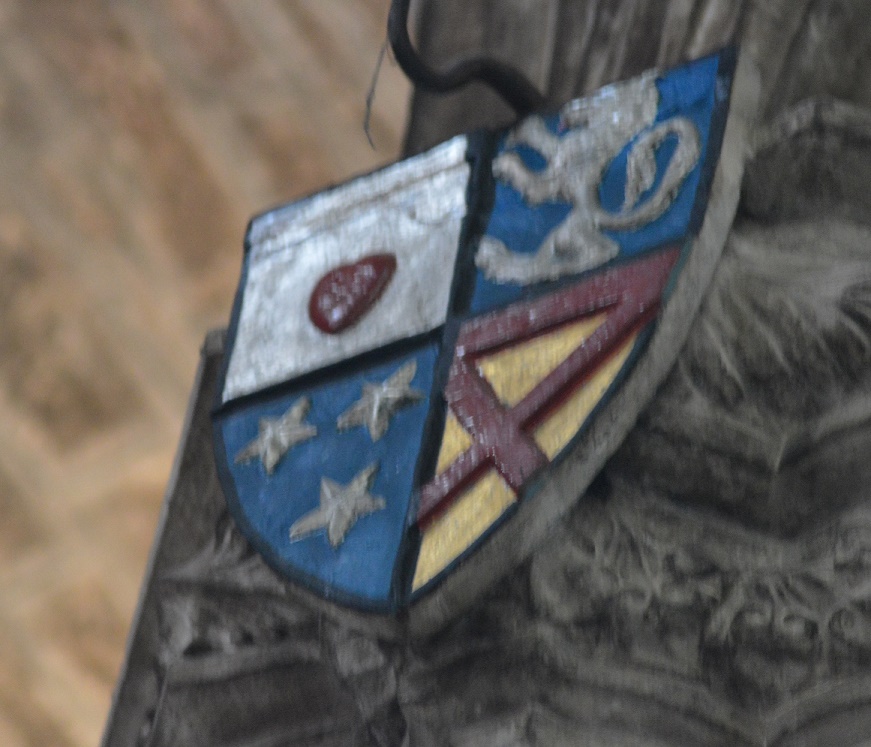 |
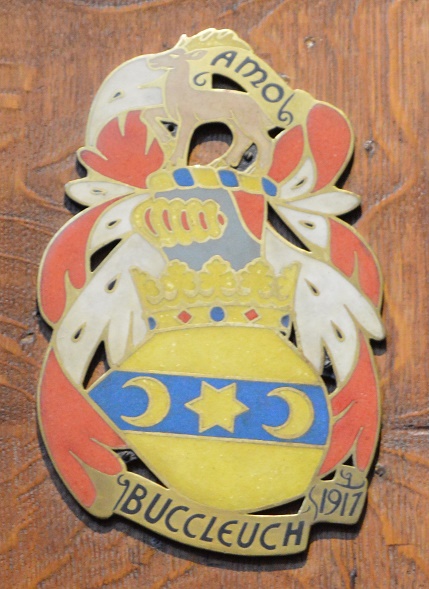 |
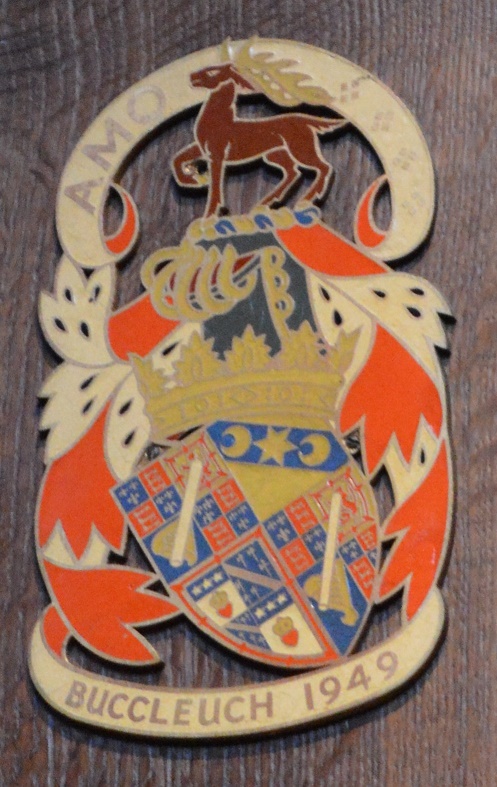 |
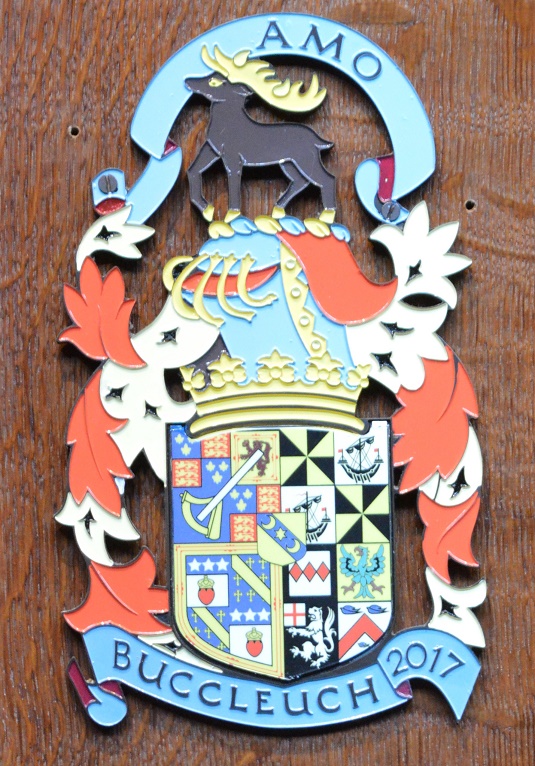 |
Armorial of the 4th Earl
of Douglas, c1410 |
Armorial for Buccleuch,
1917 |
Armorial for Buccleuch,
1949 |
Armorial for Buccleuch,
2017 |
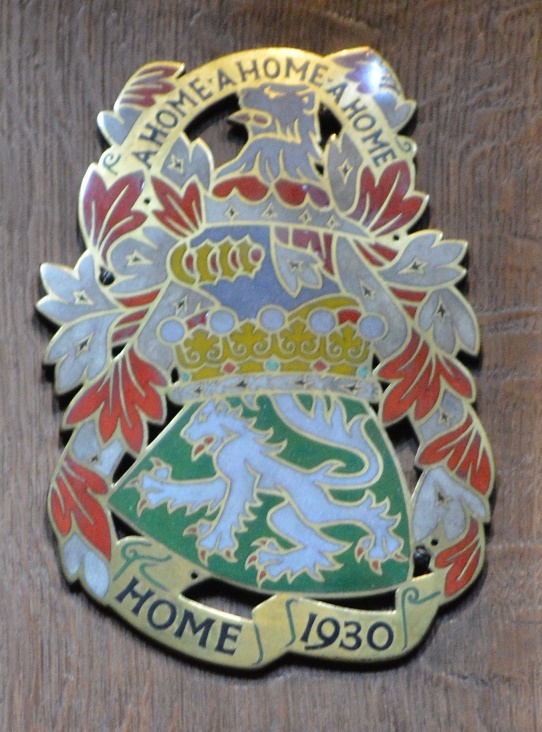 |
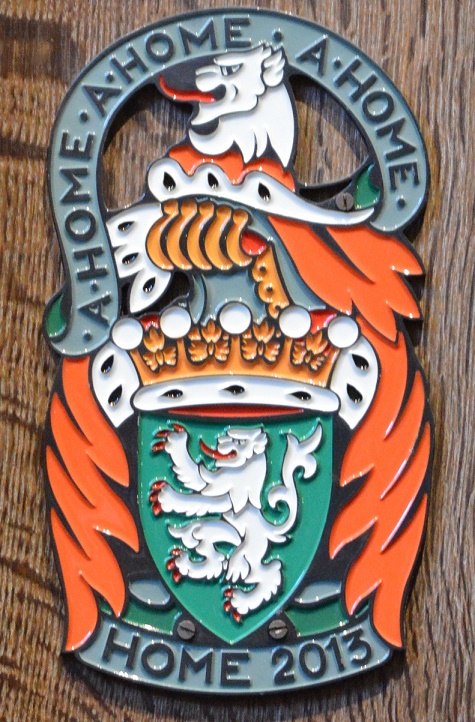 |
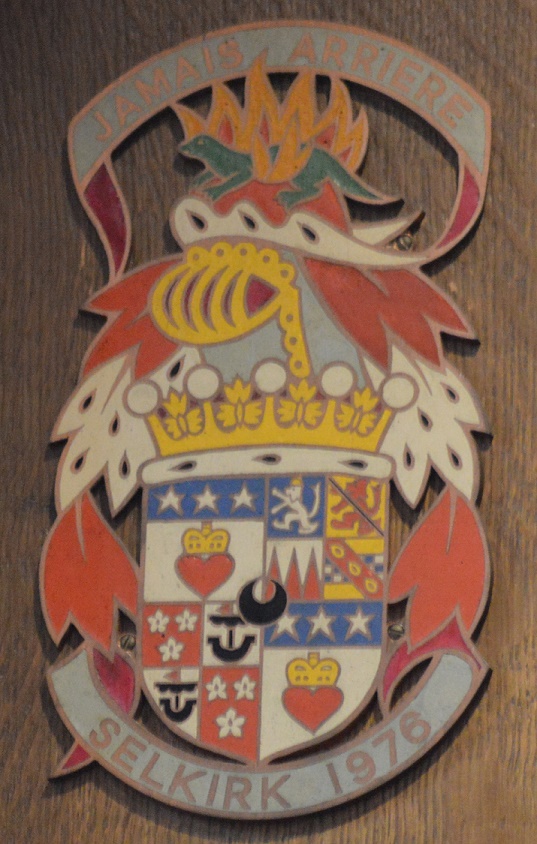 |
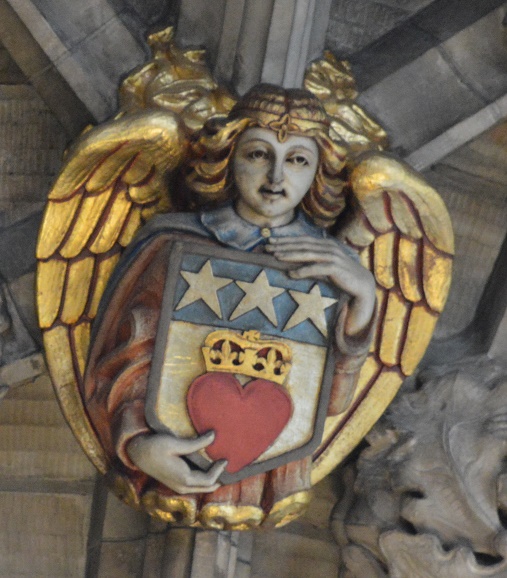 |
Armorial for Home,
1930 |
Armorial for Home,
2013 |
Armorial for Selkirk,
1975 |
The Douglas angel |
|


